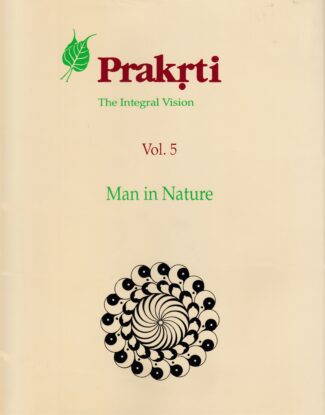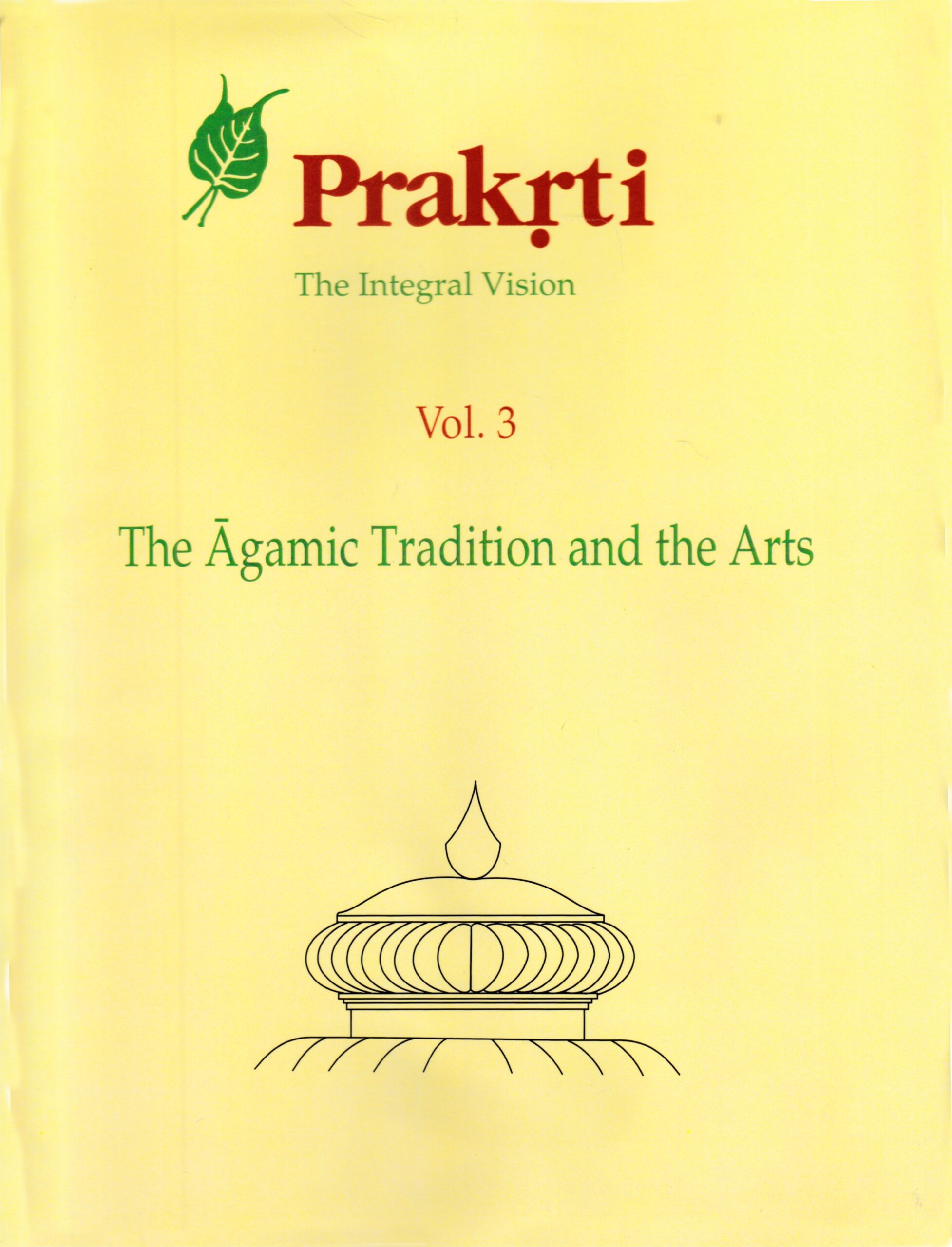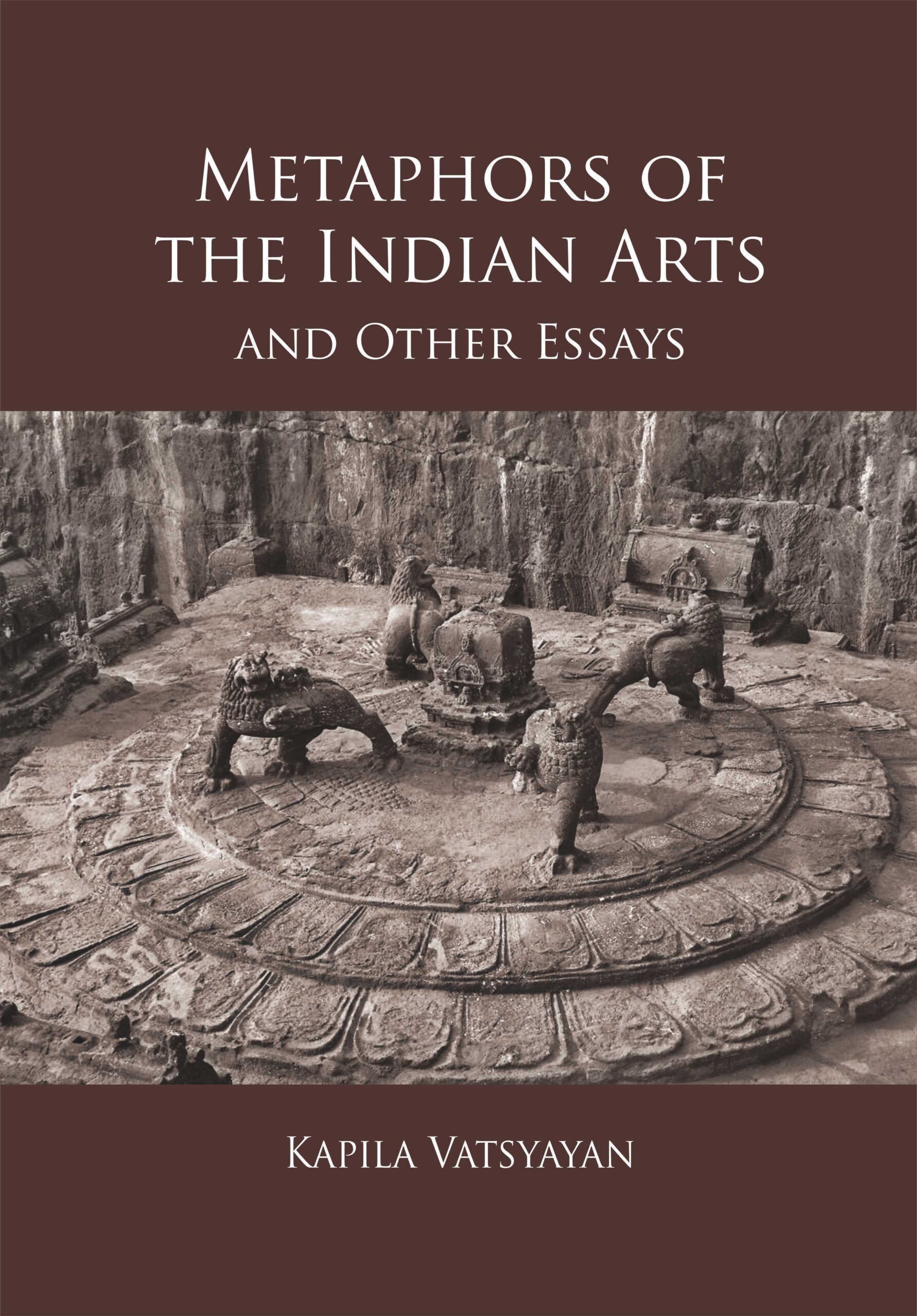

Prakrti (Vol. 5)...
Prakrti (Vol. 5)
the Integral Vision by: Kapila VatsyayanThe Fifth Volume, Man in Nature, is a coming together of cultures and disciplines. Enchanting in their own way, the international community of scientists, philosophers, anthropologists, ecologists and artists, share in this volume the myths and cosmology of their respective societies and cultures. There emerges a most meaningful dialogue between those who live with the myths of primordial elements and those who have modified the tools of science to investigate the nature of matter.
Original price was: ₹1,400.00.₹1,260.00Current price is: ₹1,260.00.
ISBN: 9788124600412
Year Of Publication: 1995
Edition: 1st
Pages : xii, 270 p.
Bibliographic Details : Index
Language : English
Binding : Hardcover
Publisher: D.K. Printworld Pvt. Ltd.
Size: 29 cm.
Weight: 1450
PRAKRTI : The Integral Vision explores the concept of the primal Elements (Sky, Air, Fire, Water, Earth, etc.) which has governed and determined the evolution of civilizations and cultures. This 5-volume collection is the outcome of a series of five successive but inter-locked seminars culminating into cross-cultural, multi-disciplinary understanding. The First Volume, Primal Elements: The Oral Tradition, focuses attention on the articulation of cohesive communities communicating with the Elements in continuous unceasing dialogue. To them the nature is not a matter of intellection; it is a question of life here and now. This is manifested in their primary myths and rituals which sacralize nature so that man can live as an integral part of the Universe. The Second Volume, Vedic, Buddhist and Jain Traditions, centres on the texts, probing deep into the Vedic rituals, Upanisadic philosophies and Jyotisa sastra. There is a prodigious consideration of the concept of maha-bhutas in Buddhism and Jainism. It also brings forth the many covergences and divergences of the view-points between and amongst these different streams of Indian thought. The Third Volume, The Agamic Tradition and the Arts, examines systematically the manifestation of the Elements in the Indian arts and their Agamic background. From the different vantage points of the architect, sculptor, painter, musician and dancer, the field is reopened here to discern the structure of the arts at its primal level. Experiences of the transformation of the gross to the subtle and the theories of aesthetics and cultural ecology emerge from such a captivating view-point. The Fourth Volume, The Nature of Matter offers a much-needed critical appraisal of modern scientific concepts with reference to traditional thoughts. It contains invaluable discussion on quantum theory and elementary particles, evolution of living matter, nature and function of matter, scientific philosophy and Buddhist thought, Sankhya theory of matter, ancient and medieval biology, mysticism and modern science, traditional cosmology, matter and medicine, matter and consciousness, etc. The dialogue created between the method of science and the method of speculation is invigorating. The Fifth Volume, Man in Nature, is a coming together of cultures and disciplines. Enchanting in their own way, the international community of scientists, philosophers, anthropologists, ecologists and artists, share in this volume the myths and cosmology of their respective societies and cultures. There emerges a most meaningful dialogue between those who live with the myths of primordial elements and those who have modified the tools of science to investigate the nature of matter. This 5-volume set, first of its kind, produced by the most distinguished specialists in the field, should enjoy a wide readership amongst philosophers of many different persuasions, scientists, theorists of art and culture, particularly ecologists and anthropologists seeking new insights into the phenomena of Nature.
Volume 5
Man in Nature
Foreword
— Kapila Vatsyayan
Introduction
— Baidyanath Saraswati
1. Man, Nature and the Universe
— Jayant V. Narlikar
2. Cosmogony and the Elements : The Intuition of Cosmos in Science and Myth
— Johan McKim Malville
3. Transmutation from one Form to Another : The Interaction of Colour and the Elements — Some Scientific and Aesthetic Consideration
— A. Ranganathan
4. Holistic Science and Consciousness
— S.C. Malik
5. Nature and Life : Old Ideas, New Questioning
— Ananda Wood
6. Nature as Feminine : Ancient Vision of Geopiety and Goddess Ecology
— Madhu Khanna
7. On Some Aspects of Bhutas During Birth-Death Passages
— Gian Giuseppe Filippi
8. Akasa, From Space to Spacelessness : Medieval Indian Mystics Concept of Akasa
— S.G. Tulpule
9. Amrtamanthana : The Vedic Sources of Hindu Creation Myth
— Natalia R. Lidova
10. Elements of Nature and the Order of Culture
— Baidyanath Saraswati
11. The Zuni View of Nature
— Triloki Nath Pandey
12. Fire and Sun, the Positive Energy of the Cosmos in Meso-American Cosmovision
— Yolotl Gonzalez Torres
13. Pre-Christian Eastern Slavic Reflections on Nature
— Molly Kaushal
14. The Cosmic Nature of Bushman Law
— A.J.G.M. Sanders
15. Nature and Human Development Among the Baka Pygmies : Concepts and Perceptions
— John Mope Simo
— Paul Nkwi Nchoji
16. Pancatattva in Artistic Manifestations : A Case Study of Tribal Gujarat
— Haku Shah
17. Nature, Man and Art : An Irano-Islamic Perspective
— Amir H. Zekrgoo
18. Five Elements of Ecology
— Satish Kumar
19. Common Roots or Transfer of Culture
— M. Vannucci
20. Modernization as a Form of Cultural Adaption to the Environment
— Napoleon Wolanski
List of Contributors
Index

















